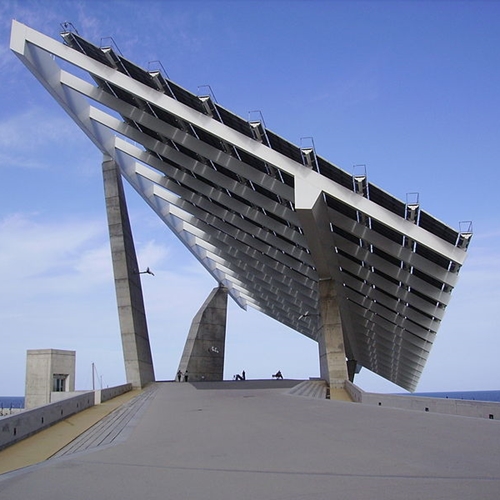IBM announced in late December that it plans to cut greenhouse gas emissions from one of its India data centers by 40 percent in the coming years.
The India data center, located in Bengaluru, will implement water cooling and solar-powered air conditioning. A 50 kW solar photovoltaic system will provide electricity. The solar panels generate DC power that is then directly fed to the servers and converted into AC supply. This will help reduce power loss by 15 percent and cut carbon emissions. The cold water cooling will send a flow of water through the server mainframe and remove the heat created by the machines.
As data usage continues to rise through cloud computing and the Internet of Things, the demand for data center services is growing and in turn increasing the amount of energy being consumed by such facilities. Some data centers have begun to use hundreds of megawatts of power, creating a net power consumption for global data centers in the hundreds of gigawatts. With such a massive amount of energy being used, major players in the tech field have started looking for a better way to consume energy.
While the solar power was implemented primarily to support data center sustainability, it also serves to provide a free, virtually uninterrupted energy supply in an area where continuous power availability is not guaranteed. At the same time, a dwindling coal supply and the poor financial condition of Indian utilities has driven the price of electricity increasingly upward, while the cost of generating electricity from solar power has been falling steadily in recent years.
IBM officials have said that the use of solar power will save the company millions of dollars in power costs. The cost savings will be especially welcome as IBM introduces its $1 billion expansion if its global data center portfolio.
Brought to you by WiredRE, the nation's leading cloud, colocation, and data center advisory firm.




